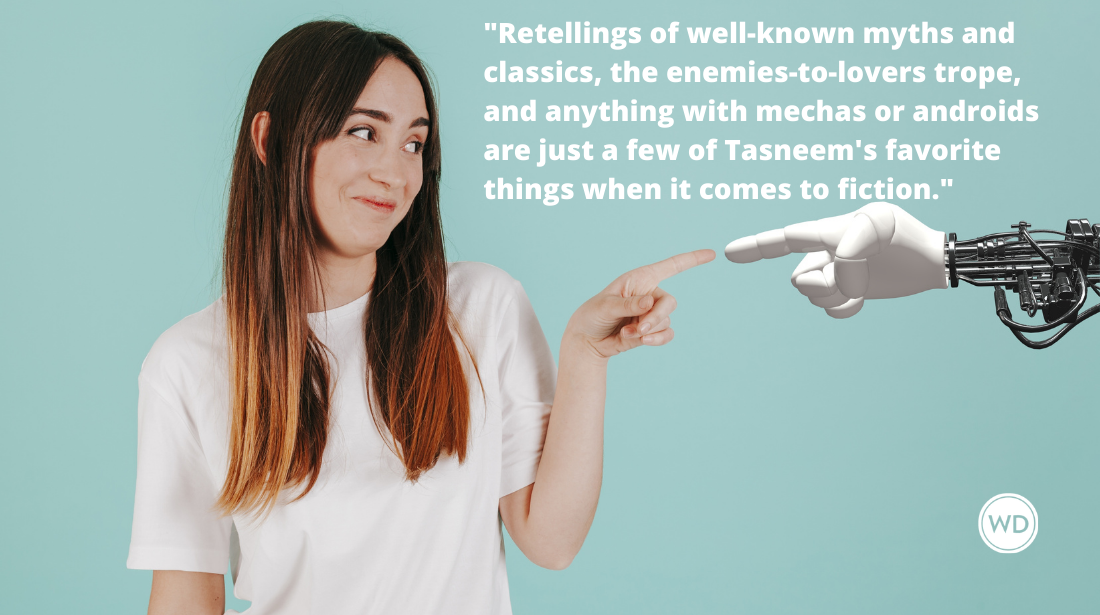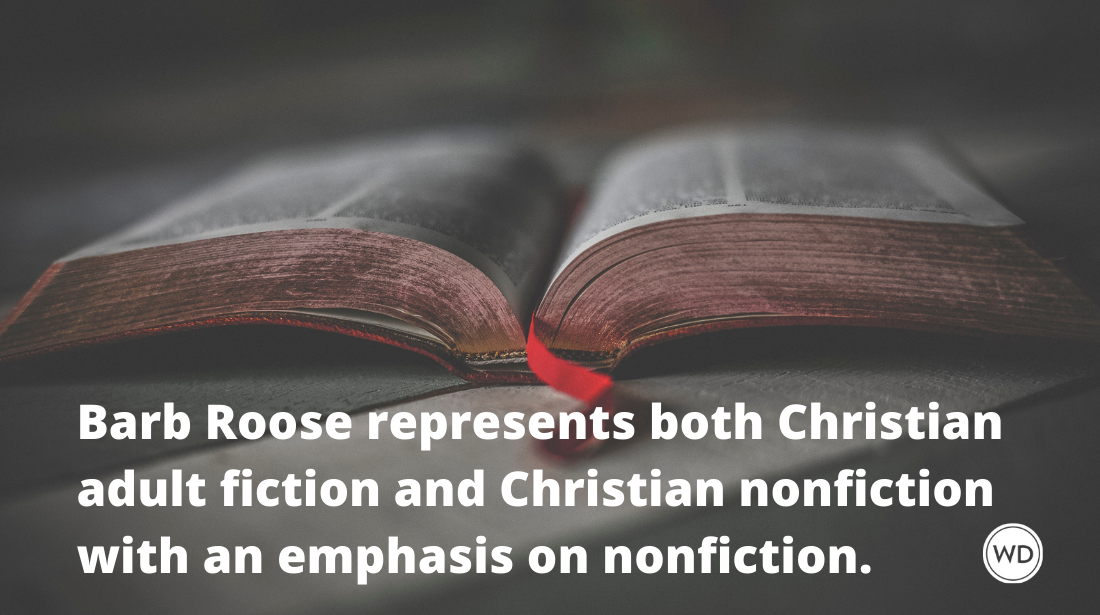Crafting a Novel Synopsis
If you write a novel and want to sell it, you’ll need a good synopsis to hook a literary agent. A synopsis, simply put, is a long summary of your fictional story, detailing the events and characters.
If you write a novel and want to sell it, you'll need a good synopsis to hook a literary agent. A synopsis, simply put, is a long summary of your fictional story, detailing the events and characters.
At a recent writers' conference, I critiqued several synopses from amateur writers. When I met with the writers, I found myself repeating the same things over and over regarding formatting, content and length. I'll try and relay some tips in this post, so writers don't follow in their footsteps.
- First of all, synopses have a specific format. They begin on a new page and should have all your contact information in the upper left corner of the first page. Just below your contact info, centered, should be the book's title, its genre and your name.
- The body of the synopsis is double-spaced.
- Use dialogue sparingly, if at all.
- You can get to the point, meaning you can say if a character is "a hopeless romantic."
- Starting on the second page, there should be a header at the top of all pages, looking like this: Author/TITLE/Synopsis. That should be pushed left while the page number should be pushed right.
- Synopses should be as short as you can make them. The average length is 7-8 pages. A general rule is to have 1 page of synopsis for every 25 pages of your work, but remember—the shorter the better.
- Things must be explained. You can't say a character has "psychic powers" or "finds a surprise around the corner" without saying what these things mean. I find that writers, when questioned about confusing details, will often say, "Well that's explained in the book." Then I say, "OK ... but an agent won't read the book if they're confused by the synopsis. Make sense?"
- Try to stick with main plot points and characters. This will help cut down on confusion. Ideally, an agent won't get any name/character confusion because the synopsis doesn't detail needless subplots or minor characters.
- When characters are mentioned for the first time, CAPITALIZE their name.
- I read somewhere that a synopsis should read like you've summarizing a story for a 12-year-old. This is good advice. To practice, read a novel. Then explain the plot and characters of the story to a child as if it were a bedtime story. Tell the tale from beginning to end in 5-10 minutes. That's a synopsis.
Chuck Sambuchino is a former editor with the Writer's Digest writing community and author of several books, including How to Survive a Garden Gnome Attack and Create Your Writer Platform.






